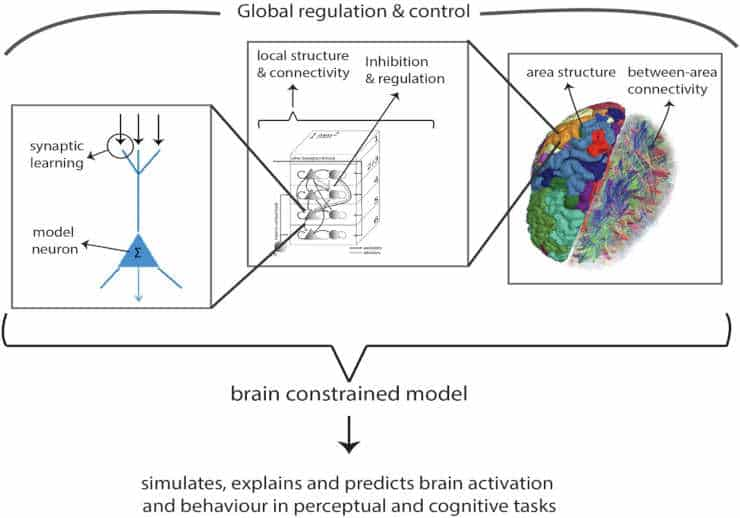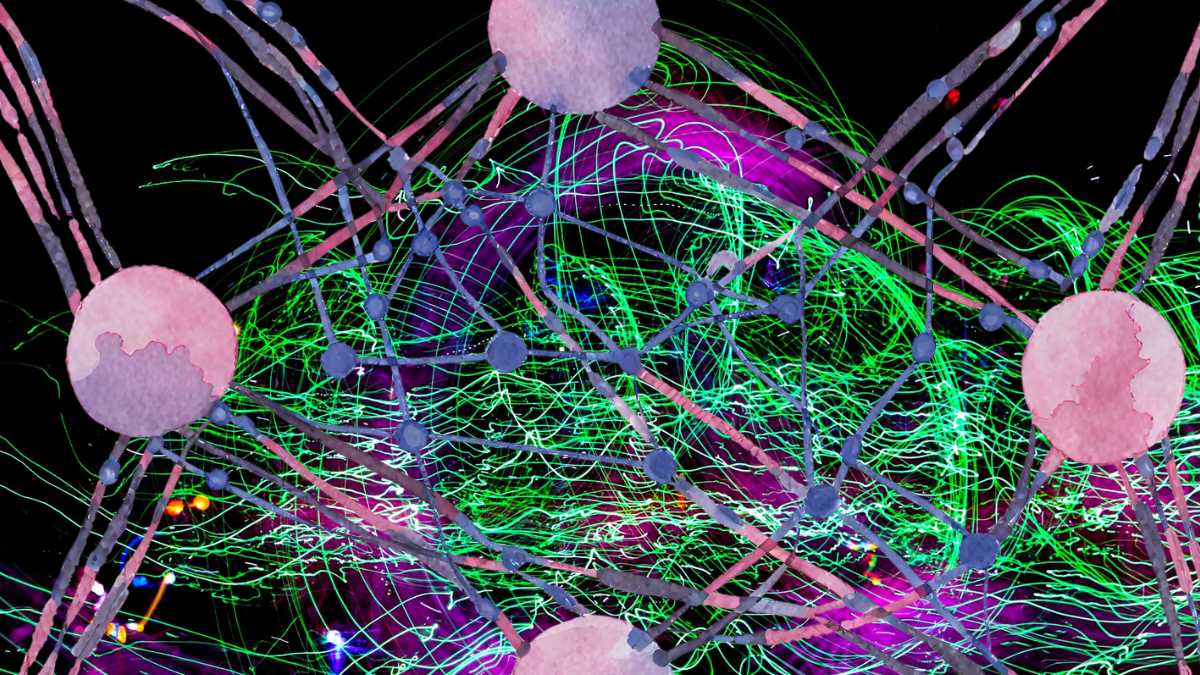The impact of language on human thought may be greater than previously believed. This is the conclusion of a recent research conducted by Professor Friedemann Pulvermüller and his team at the Brain Language Laboratory of the Free University of Berlin. Children can acquire multiple languages with minimal effort.
However, the cognitive effort required should not be minimized. In addition to learning how to enunciate words, language learners must also learn how to connect word forms with content, such as “coffee,” “drinking,” and “beauty.”
But what are the actual mechanisms at work in the network of billions of nerve cells within our brains? And might the learning of some concepts strictly require the presence of language? In this study, the researchers investigated the modelling of human concept formation and the effect of linguistic mechanisms on the emergence of concepts.
Brain-constrained Neural Network Models
One approach to answering these concerns is using computer models that simulate nerve cell activity. Nevertheless, traditional artificial neural networks are insufficient because their structure and function are frequently dissimilar to that of real brains.

Pulvermüller and his research team are creating a new type of neural network that more closely resembles actual brain networks.
Not only are these networks subdivided into regions that resemble those of the brain, but their interconnections also resemble the human cerebral cortex. Local connections allow clusters of artificial “neurons” to communicate with one another.
These individual “neurons” can strengthen their connections when activated together, but their connections are weakened when activated independently.
This learning principle, known as Hebbian learning, has been well-studied in biological systems. Using these brain-like or “brain-constrained” networks, researchers can test neurobiological theories of language and cognition and explain cognitive phenomena.
Conceptual Representation Formations
In advanced studies, these networks can provide information on the construction of conceptual representations and the influence of language on them. For instance, these networks can be used to simulate how objects are perceived and the subsequent learning processes. Like humans, networks can rapidly learn how specific objects or actions correspond to particular words.
The discovery that highly interconnected nerve cell populations emerge within brain-like networks is of particular interest to researchers. These populations serve as the biological basis for concepts and are active not only for particular objects, but also for complete classes of similar objects and entities, such as “robots,” “cats,” and “sunrises.”

The networks activate the relevant conceptual “nerve cell circuitry” even when presented with previously unobserved, novel objects. When linguistic expressions were learned alongside objects or actions, concept formation was more efficient and accelerated.
“These results indicate that language at the biological level can support and accelerate concept formation,”
said Pulvermüller.
Language Influence on Thinking
The impact of language on the construction of abstract concepts such as “beauty” and “peace” is pronounced. In contrast to the correlations between a concrete concept, such as a cat, and the actual world (i.e., cats varying in size, color, fur texture, etc.), those of abstract concepts are extremely variable.
An eye, a sculpture, and a sunset may all be perceived as “beautiful” although they do not have any common visual characteristics or features. In the network simulations, it turned out that the network can only build a neuronal representation of an abstract concept if it experiences the same linguistic label with the variable instances of the abstract concept.
These new research findings suggest that the influence of language on our thinking is much stronger and more significant than previously thought.
Although several linguists since Wilhelm von Humboldt have noted that thought and language are intertwined, the notion that language significantly influences our thinking has been largely unpopular or at least highly controversial among researchers.
The new results with brain-constrained networks now demonstrate that language has a strong influence on concept formation in simulation experiments. They also suggest the existence of a neurobiological mechanism for the causal influence of language on thought.
Abstract:
Neural networks are successfully used to imitate and model cognitive processes. However, to provide clues about the neurobiological mechanisms enabling human cognition, these models need to mimic the structure and function of real brains. Brain-constrained networks differ from classic neural networks by implementing brain similarities at different scales, ranging from the micro- and mesoscopic levels of neuronal function, local neuronal links and circuit interaction to large-scale anatomical structure and between-area connectivity. This review shows how brain-constrained neural networks can be applied to study in silico the formation of mechanisms for symbol and concept processing and to work towards neurobiological explanations of specifically human cognitive abilities. These include verbal working memory and learning of large vocabularies of symbols, semantic binding carried by specific areas of cortex, attention focusing and modulation driven by symbol type, and the acquisition of concrete and abstract concepts partly influenced by symbols. Neuronal assembly activity in the networks is analyzed to deliver putative mechanistic correlates of higher cognitive processes and to develop candidate explanations founded in established neurobiological principles.
Reference:
- Pulvermüller, Friedemann. Neurobiological mechanisms for language, symbols and concepts: Clues from brain-constrained deep neural networks. Progress in neurobiology vol. 230 (2023): 102511. doi:10.1016/j.pneurobio.2023.102511
